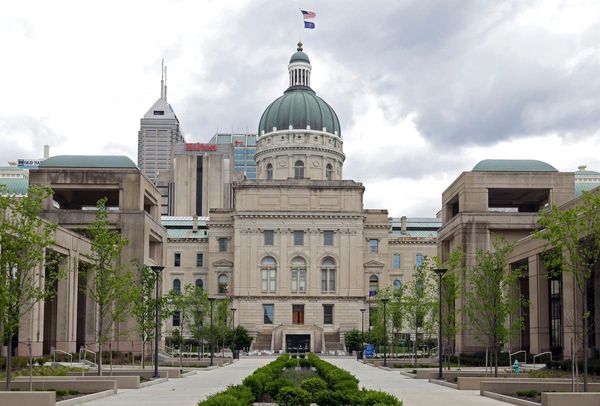The story so far: Politicians, celebrities and members of civil society came together on Wednesday to celebrate Labour Day and recognise the contributions of workers. Also known as May Day, May 1 is celebrated to honour the working class and commemorate their struggles for fair wages and better working conditions.
On the occasion, the International Labour Organisation (ILO) emphasised the importance of renewing commitment to social justice. The ILO highlighted the daily challenges that workers face, both existing and emerging, and called for action to ensure that economic growth translates into better living standards and working conditions for all. “This year, our celebration of Labour Day has a sense of urgency for renewed commitment to social justice, as we navigate through the complexities of our time, including climate change and the rapid evolution of the workplace due to technological advancements. These challenges have not only tested our resilience but have also underscored the indispensability of concerted efforts and solidarity in promoting the welfare of workers across all sectors,” it added.
Also Read | Why you may (or may not) have worked on May Day
What is the history and significance of May Day?
International Workers’ Day, also known as May Day, is celebrated on May 1 to recognise the contributions of the working class and workers’ rights worldwide.
The origins of May Day can be traced back to the late 19th century, specifically to the 1886 Haymarket Massacre in Chicago.
At the time, several countries were reeling under the heat of industrialisation. Crop failure in the 1840s had led to widespread anti-feudal upheavals collectively called ‘The Revolutions of 1848,’ with Karl Marx’s The Communist Manifesto leaving a lasting impact on workers. The subsequent events resulted in the birth of an umbrella body for socialists and communist organisations in 1864, known as the First International. Thousands of blue-collar workers in the industrial city of Chicago in the United States went on a massive strike to demand better working conditions and a reduction in their work hours from 12-15 hours a day to eight hours daily. The movement spread throughout the country, rallying tens of thousands of workers.
On May 4, 1886, a bomb went off at a protest rally at the Haymarket Square in Chicago and ended in a riot as workers clashed with police. At least 11 people were killed. The incident, which came to be known as the Haymarket massacre, is referred to as the origin of May 1 being celebrated as Workers’ Day.
The Second International that emerged in 1889 declared May 1 as International Workers’ Day to commemorate the struggle for labour rights and as a tribute to those killed in Chicago. “No single event has influenced the history of labour in Illinois, the United States, and even the world, more than the Chicago Haymarket Affair. It began with a rally on May 4, 1886, but the consequences are still being felt today. Although the rally is included in American history textbooks, very few present the event accurately or point out its significance,” William J. Adelman, a scholar of labour studies noted about the Haymarket Affair.
On June 28, 1894, U.S. President Grover Cleveland signed a bill into law declaring the first Monday in September as Labour Day and a national holiday.
The first celebration in India
As for India, Labour Day was first celebrated on May 1, 1923, in Chennai (then known as Madras). Two meetings were held— one on the Triplicane Beach and another near the Madras High Court. These were organised by the Labour Kisan Party of Hindustan. The party was founded by Malayapuram Singaravelu Chettiar, who was one of the founders of the Communist Party of India (CPI). It was at these meetings that a resolution was passed urging the British government to declare May 1 as Labour Day and a government holiday.
Interestingly, the red flag that is synonymous with the Left movement was used for the first time during the Chennai event. “The Labour Kisan Party has introduced May Day celebrations in Madras. Comrade Singaravelar presided over the meeting. A resolution was passed stating that the government should declare May Day as a holiday. The president of the party explained the non-violent principles of the party. There was a request for financial aid. It was emphasised that workers of the world must unite to achieve independence,” noted The Hindu in a report on May 2, 1923.
Labour Day was not a holiday in any State or province in India until 1957 when a Communist government scripted history by forming the country’s first democratically elected communist government.
Ancient roots
Notably, the popular phrase May Day has ancient roots in several countries. The day was celebrated as the Festival of Flora in old Rome, marked by song, dance and theatrical performances. A similar festival was also reportedly celebrated during this time in praise of Dionysus, the Greek god of wine-making, orchards, fruit and fertility, and Aphrodite, the Greek goddess of love and beauty.







